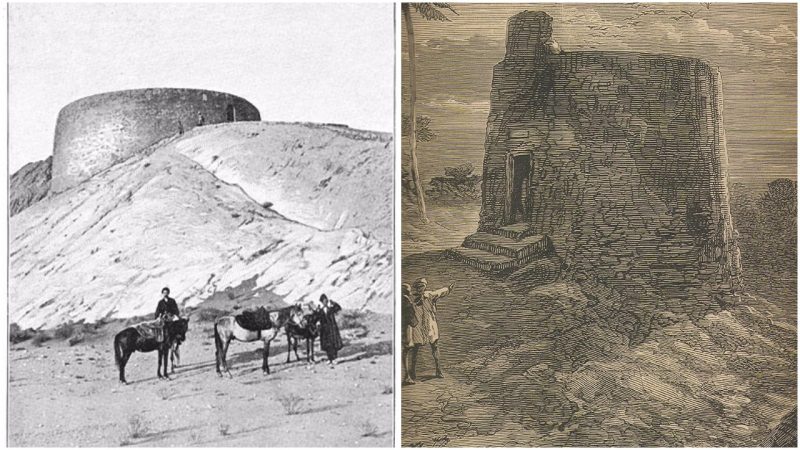Zoroastrianism is among the world’s oldest religions. It emerged around two thousand years BC, and it was the official religion of the pre-Islamic empires of Western Asia. Nowadays it is still practiced by around three million people, mostly in India and Iran.
Some historians believe that Zoroastrianism influenced initial concepts of many major religions, including Judaism, Christianity and Islam. Many aspects of Zoroastrianism still remain mystical to the Western world.
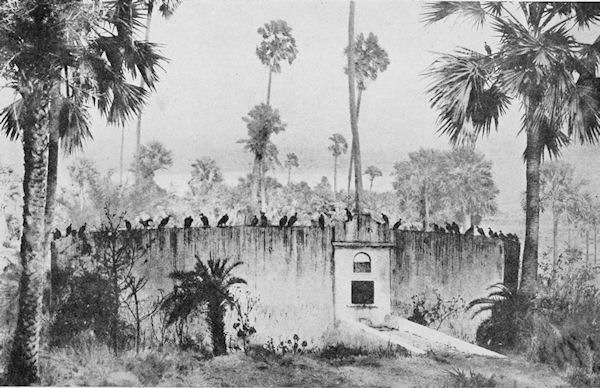
One of the most curious traditions of Zoroastrianism is their burial ritual, which involves excarnation, as well as the use of ‘Towers of Silence’. Zoroastrians believe that the bodies of the dead are impure because a demon enters and corrupts them upon death. According to the Zoroastrian teaching this may cause spiritual pollution, and the bodies have to be purified before the souls of the dead are allowed to enter the afterlife.
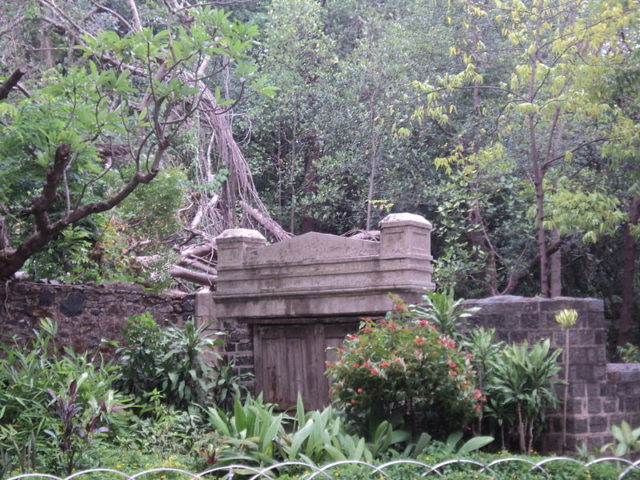
Towers of Silence are places reserved for this process of purification. They are isolated circular structures on which dead bodies are placed and exposed to the elements. The bodies usually putrefy in the sun and are eaten by carrion birds. After the bodies disintegrate, the bones that remain behind are bleached in the sun. Then, they are placed in the central well of the structure and the dry climate turns them into powder.
This tradition emerged because Zoroastrianism considers earth and fire to be sacred elements. Since dead bodies are considered corrupt, their purification must come from the natural processes that do not involve these elements. The ritual is also considered to be the final act of human selflessness and charity because the dead bodies are voluntarily given to the birds and become their food.
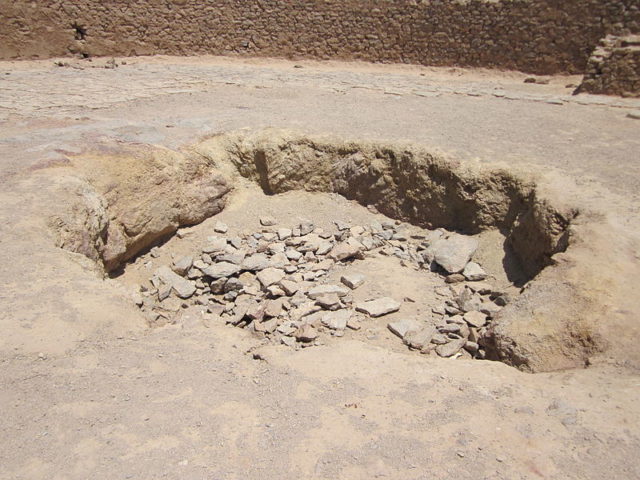
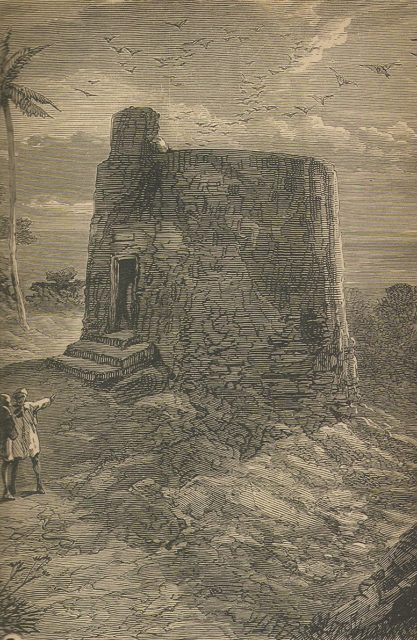
In the contemporary Iranian Zoroastrian tradition this ritual is prohibited because it was seen as macabre and terrifying. Excarnation was replaced by regular burial and cremation, and the Iranian Towers of Silence are no longer in use. They now serve only as the monuments of an extinct ritual.
However, Indian Zoroastrians are still occasionally allowed to practice the ritual, and the Indian Towers of Silence are still used for their original purpose.
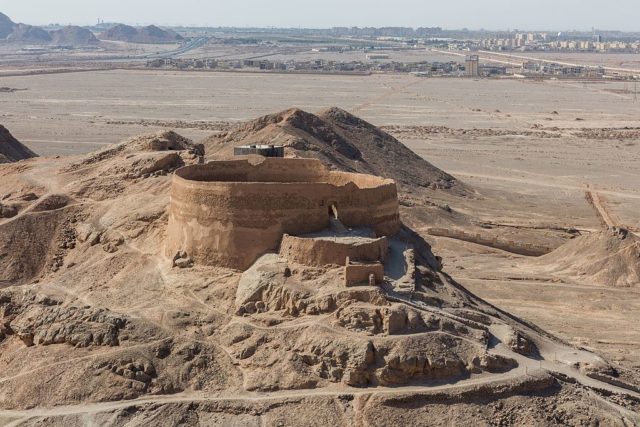
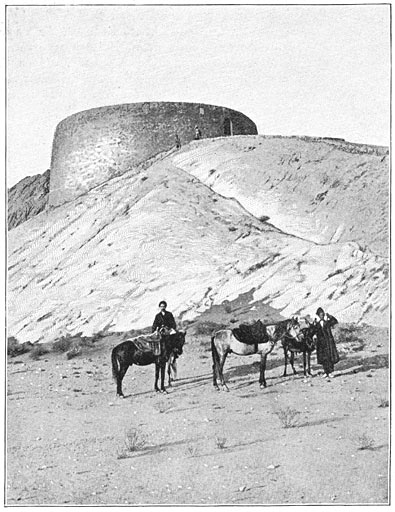
Since the expansion of Indian urban areas is fast and unhindered, some of the towers are now located in densely populated areas, and are often only divided from residential areas by gardens. This is a major issue for the Indian government, and the ritual may be forbidden in the next few years.
If this were to happen, all existing Towers of Silence will become silent witnesses of a forgotten tradition that dated back to ancient times and that preserved one of the earliest well-defined concepts of religion.
